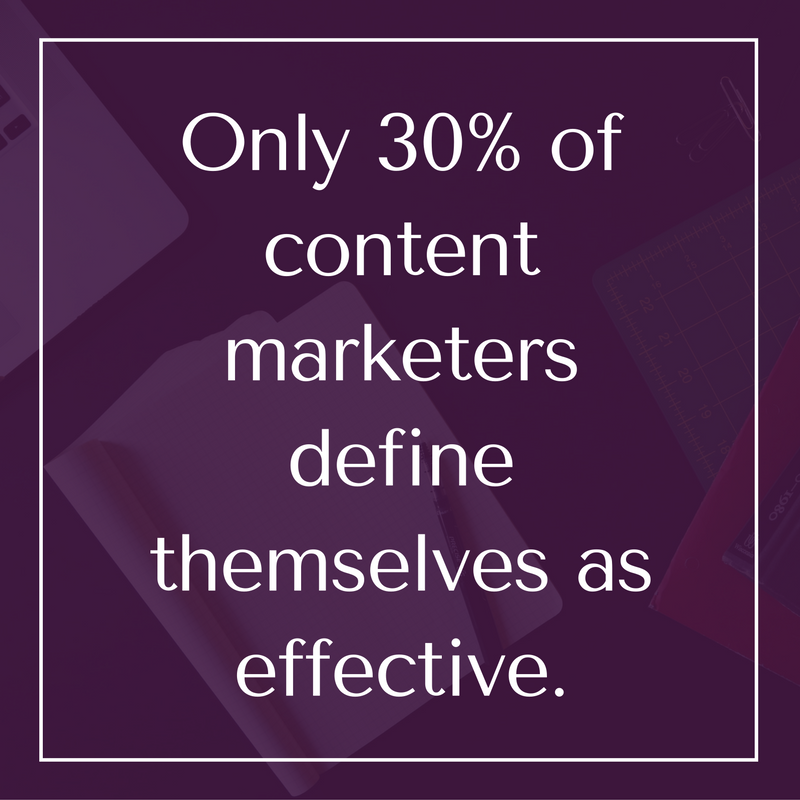
Each quarter, Marketing Works explores trends impacting our clients and their ability to meet their business goals. We also uncover potential opportunities that will help them engage audiences to close sales faster. Here is a snapshot of the insights uncovered this quarter and their implications for business-to-business (B-to-B) companies.
Insight #1: Purchasing departments are dramatically impacting B-to-B sales and marketing
We have closely followed this trend since 2014, which is dramatically changing the way our clients target and engage prospects. Many, such as Neil Rackham, the author of Spin Selling, believe that purchasing is driving a revolutionary breakthrough in selling interactions. And, based on what we’ve seen, we couldn’t agree more that purchasing has become much more sophisticated and has more power than ever before.
What this means for you:
- Avoid becoming commoditized by developing messaging and strategies that position you as a valuable partner to executive decision makers.
- Move upstream – and build solid relationships with more than one member of the C-suite.
- Take steps to understand purchasing methodologies and what helps you become a resource to the purchasing department.
Insight #2: Content marketing remains both a big priority and a top challenge
B-to-B marketers know they need to develop content, but less than half have a content strategy, according to a recent report from the Content Marketing Institute. What’s even more concerning is that 86% use content marketing, but only 30% of marketers define their programs as effective (down 21% from last year). It’s no surprise that this number directly correlates to a dramatic 60% decrease in engagement with produced content.
What this means for you:
- Define your content strategy based on your organization’s overarching business goal and objectives and then determine corresponding key performance indicators.
- Map content to every stage in the customer lifecycle – from initial lead capture to lifelong fan.
- Ensure you’re delivering the right message to the right audience via the ideal channel by going beyond traditional personas that are solely focused on characteristics. Take the tim
e to understand audience triggers and behaviors. - Educate internal audiences as well as external audiences – it’s important that your entire team understand how to take your messages to market as they communicate to prospects and customers every day via social media, speaking engagements and emails.
Insight #3: CX is no longer just for consumer-facing businesses
CX, or customer experience, is the retail buzzword of the year. Consumer-facing businesses are investing millions to figure out how to align their sales and marketing strategies with the desired customer experience. Thanks to businesses like Uber, we’re truly living in a self-service world that revolves around CX. One might think this trend may not impact B-to-B companies, but we’ve been noticing quite the opposite. For example, a greater number of B-to-B products are being sold online and Forrester projects sales will top $1.13 trillion by 2020. CX is becoming so important with the rise of B-to-B self-service, the industry research firm predicts that marketing will be responsible for the end-to-end customer experience within the next three to five years.
What this means for you:
- It’s important to understand the voice of the customer and then build strategies to enhance customer experience.
- Train or “retrain” sales on how to take control of interactions with prospective and current customers and to have meaningful relationships in multiple areas of an organization.
- Explore new ways to create and leverage CX by making every touchpoint more personal through account-based marketing, referrals and customizable content.
Need help navigating the issues and trends mentioned in this blog? Contact us at stacy@marketingworks360.com .
